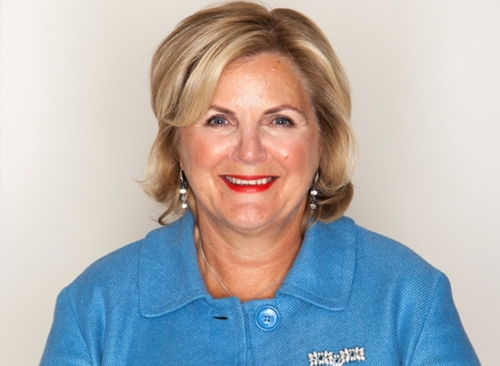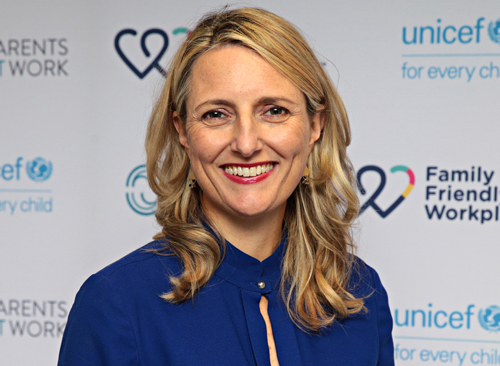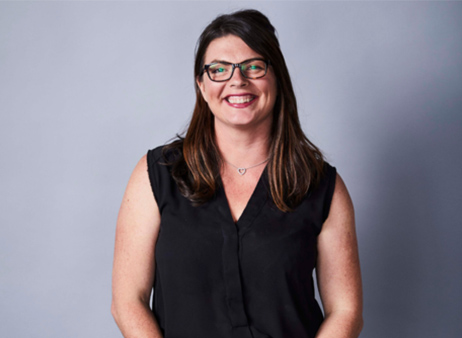Fertility leave the new family friendly frontier

Westpac is among the first of a growing number of companies introducing fertility leave for employees. (Getty)
The uptake of fertility treatment is a theme grabbing the attention of human resources teams around the world as organisations look to better support employees going through the often emotional, time consuming experience.
“There’s no doubt, across society, the number of people seeking fertility treatment is on the rise,” says Christine Parker, Westpac’s Group Executive Human Resources, as she unveiled a new fertility leave policy for the bank’s employees in Australia.
“While our workplace policies for new parents have traditionally supported people during their pregnancy or once a child comes into their care, or in the unfortunate circumstances of pregnancy or infant loss, we’re evolving that to now include support at the start of an employee's family journey.”
The bank’s new policy, one of the first in Australia, allows employees to tap up to one week of paid leave per year to attend the many medical appointments often required for treatments – such as in vitro fertilisation, egg freezing and other assisted reproductive technologies – without having to use up their annual or sick leave.
“It’s a way we can give those employees’ that little bit more support to balance their personal and work lives,” Parker says.

Christine Parker, Westpac Group Executive Human Resources. (Provided)
In 2020, about one in 20 births in Australia – or almost 16,500 babies – involved some form of assisted reproductive technology treatment, according to a report released last month by the University of NSW. That’s up from about 1 in 23 births – or just over 13,000 babies – five years earlier. To date, more than 10 million babies have been born worldwide using fertility treatment.
This lift since the emergence of the treatments around four decades ago reflects a combination of factors, including improving medical technologies, a steady increase in infertility rates and big demographic shifts, such as more single women and gay couples opting to have children.
Making what can be quite an emotional roller-coaster more challenging, the time spent on appointments and care can add up to 125 hours, on average, over an 18-month period, according to the American Society for Reproductive Medicine.
“Knowing just how many appointments are required for each round of fertility treatment, we’re also giving employees the flexibility to take the leave in whichever way works for them – this means they could take it all at once or in just a few hours a day as they need to,” Parker says.
The emergence of fertility leave to support employees through this – spearheaded by a growing list of organisations worldwide such as Spotify, PwC, Deloitte, NatWest, Monzo, the NSW government and others – will bring huge benefits to individuals, workplaces and economies, says Family Friendly Workplaces advocate Emma Walsh.
“These initiatives are helping to ‘normalise’ an employee’s need to balance work and family commitments,” says Walsh, chief executive and founder of working families workplace advisory and education provider Parents At Work.
“It’s sending a very strong message to employees that, ‘We think it's normal that you will have family needs, fertility needs or pregnancy needs and we want to support you.'
“That really helps to lower the tension that many people experience in trying to bridge the work and family divide, which has historically led to some people, mainly women, stepping back from the workforce because they feel like they have to – and that comes at a huge cost to the economy in lost productivity, absenteeism, poor mental health and poor family relationship outcomes.”

Emma Walsh, chief executive and founder of Parents at Work. (Supplied)
Samantha Payne, chief executive and co-founder of pregnancy loss support network, The Pink Elephants, says the addition of fertility leave to the growing suite of wellbeing policies is another step in the right direction towards a “much-needed redesign” of workplaces to be more inclusive of women.
“The workforce as we know it was designed around men as far back as the 1920s and it needs to change,” says Payne who successfully lobbied for the introduction last year of paid leave to the Fair Work Act for couples who lose a baby during early pregnancy.
“We need to acknowledge the different roles a woman plays within her community and the differences in her life at various stages. It makes her no less productive or valuable, but may require more flexibility, and where that’s offered, she’s likely to be much more engaged.”

Samantha Payne, chief executive of The Pink Elephants.
(Flashpoint Labs)
But, while larger, more progressive employers are likely to set the pace on these policies, Walsh believes many other workplaces may be slower to follow.
“But if they don’t, that will come at a cost – the cost of not being able to attract and retain great people, not being seen as an employer of choice, not being seen to care about their employees’ family lives,” says Walsh, a key driver behind last year’s launch of Family Friendly Workplaces, a recognition framework through which organisations can gain Family Inclusive Workplace certification.
“In the scheme of things, it isn't a massive investment, and the return is just enormous.”
Some commentators have also raised concerns that employees may not be comfortable taking up fertility leave because they don’t want to disclose they’re undergoing treatment. This may be because they view it as too private, or they’re concerned about potential career discrimination associated with future pregnancy.
Parker says that in acknowledging some Westpac employees may feel uncomfortable to disclose their fertility treatment, the bank has created a ‘work around’ by enabling employees to enter the leave as personal leave and change it to ‘fertility leave’ at a later date.
“We try hard to make Westpac a truly family friendly workplace, at whatever stage of the family journey people are on and we want to people to feel safe to embrace it. This is another really important step in supporting our people in the moments that matter,” Parker says.




